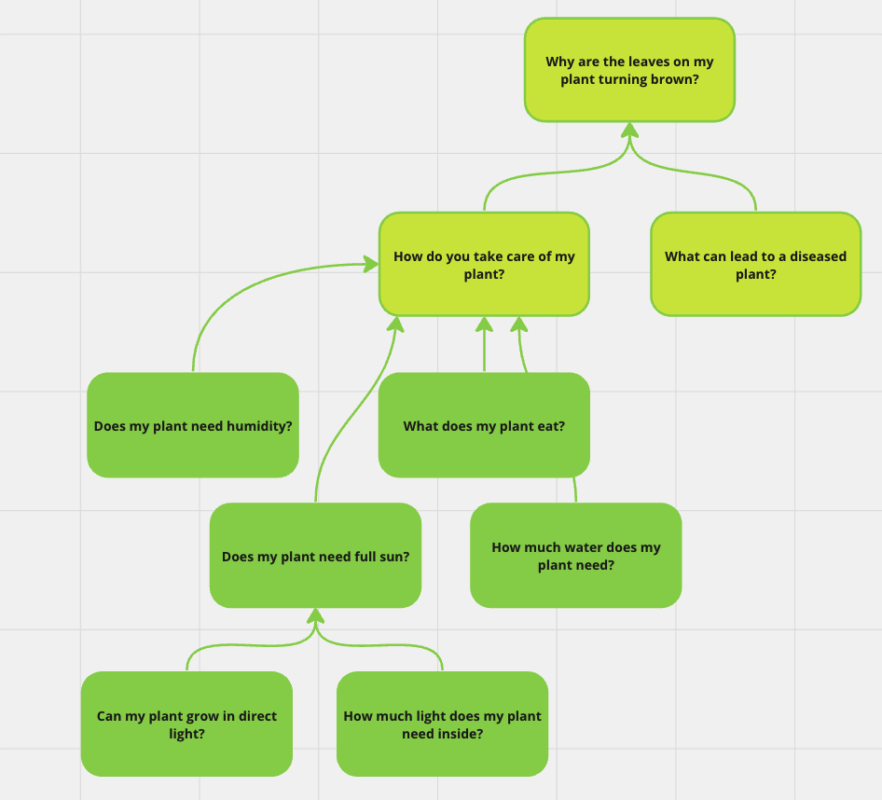Understanding Driving Questions
Driving questions are an essential part of classroom projects. A driving question is a well-designed, open-ended question that is worth exploring and can sustain student interest for a long period of time.
Without a question that is open-ended enough, students may end up planning a project around a binary question that can be answered too easily with a simple Google search or with AI. Coming up with “well-designed” driving questions can become second nature with a little guidance and practice.
The Key Features of a Driving Question
There are few key features across any well-designed driving question:
Feasibility: students should be able to design and perform investigations to answer it
Worth: it should deal with rich content and process that match district curriculum standards
Contextualization: it should be anchored in the lives of learners and address important, real world issues
Meaning: it should be interesting and exciting to learners
Ethical: it should not harm living organisms or the environment
Sustainability: it should sustain student interest for weeks
(Krajcik, Czerniak, Berger, 2003).
In their pursuit to find answers to the driving question, students develop understanding of the key concepts associated with the project.
A good driving question will also allow students to ask and answer their own sub-questions. For example, in a project with the driving question: “How can I care for the plants in our classroom?” students might ask: “What contributes to the plant’s health,” “what are the indicators of a plant’s health?,” etc.
How is a driving question developed (teacher generated questions):
There are many ways that a teacher can develop a good driving question, such as:
- From ideas that teachers come across in their reading
- From the school curriculum
- From personal experience
- By reviewing the curriculum standards that the project will meet
- By listening to questions that students have
- From hobbies and personal interests
- From the media
- By listening to other teachers
How to come up with a driving question (for teachers):
Teachers should consider answering the following questions when trying to create their own driving questions:
- What content will the student learn?
- What content standards will be met?
- Can students generate their own questions?
- What investigations can students do?
- How is the question anchored in the real world?
- How is the question meaningful for students?
- Can the question sustain student engagement?
(Krajcik, Czerniak, Berger, 2003).
How to help students generate their own driving questions:
Teachers can guide students to generate their own driving questions by
- helping them understand the characteristics of a driving question
- providing them with time to develop questions
- establishing a setting in which questions can emerge.
How can teachers help students come up with a driving question:
- Create an environment in which students can make observations
- Expose students to exploring their environment
- Help students generate sub-questions
- Encourage students to brainstorm about what they already know
- Focus on students’ hobbies and personal interests
- Help students share, evaluate, and refine questions with their group and then with the entire class
- Introduce students to the characteristics of a driving question
How to come up with a driving question (for students):
- What subject would I like to know about?
- What do I need to know to answer the question?
- Can I break the driving question up into smaller questions?
- What investigations can I do?
- How is the question related to the real world?
- Is the question interesting and exciting to me?
- Can I investigate this question for a long time?
(Krajcik, Czerniak, Berger, 2003).
Students are encouraged to ask lots of questions following some general research that they conduct about the topic. Questions serve two purposes:
- As a foundation for deciding on a driving question for the project
- To help students drill down into the topic they are investigating
Here is an example of questions’ map that students can build:

Types of questions:
There are five types of questions that students might ask as part of an investigation:
Descriptive Questions – questions about observable characteristics of phenomena
Example: “What materials dissolve in water?”
Relational Questions – questions about associations among the characteristics of different phenomena
Example: “Does salt dissolve faster than sugar?”
Cause and Effect Questions – questions about how one variable affects another variable
Example: “Does the temperature of water affect the rate at which salt and water dissolve?”
Hypothesis – is a question stated in testable form that relates how the independent variable affects the dependent variable.
Example: “How does fertilizer affect plant growth?”
Driving question – is a well designed question used in project-based learning that is elaborated, explored, and answered by students and the teacher
Requirements for a driving question:
- It should be open-ended and drive the entire investigation
- It should be meaningful, interesting and exciting to learners
- Students should be able to design and perform investigations to answer it
- It should sustain student interest for weeks
Example: “Why are the leaves on my plant turning brown?”